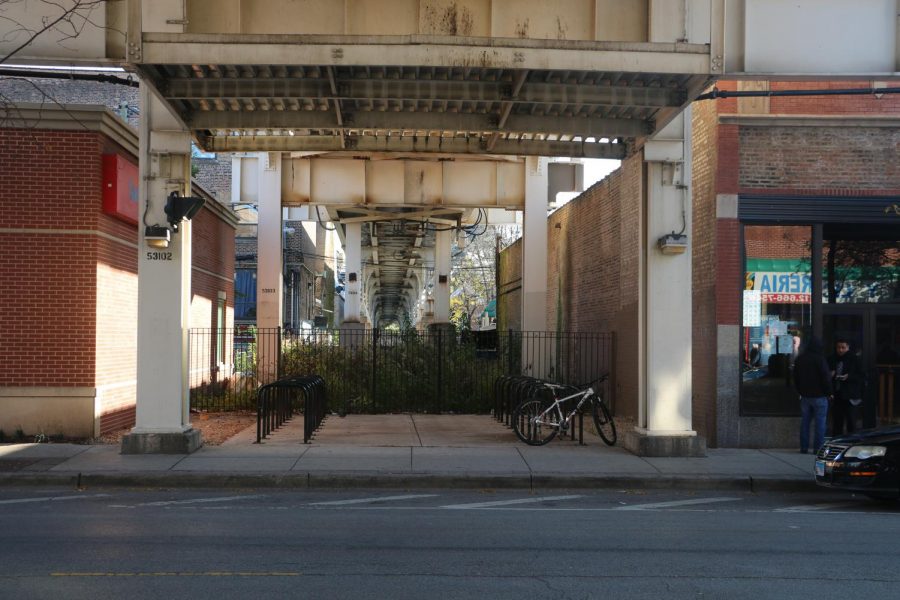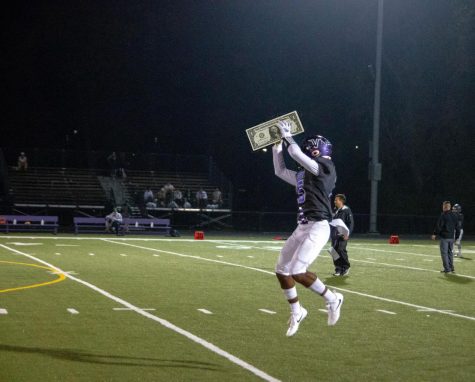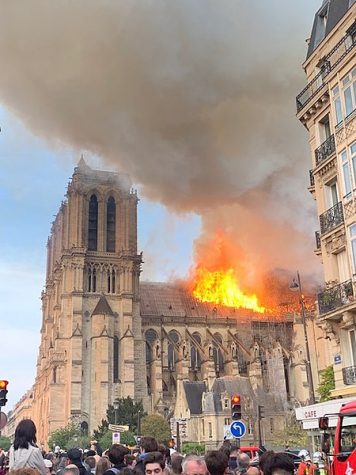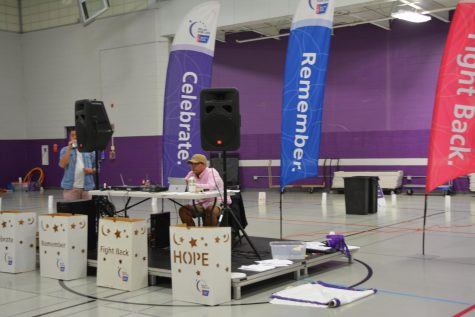A new method of learning: Niles North humanities department uses Chicago landmarks as classroom
November 20, 2017
The city of Chicago has a long history of labor and manufacturing that dates back to 19th century, and was at one time the heart and soul of the American economy. There are still countless places and landmarks that date back to this time period and remind the city’s residents of its past. The reverberations of this history are still felt to this day in the city, and contribute to Chicago’s reputation as a town of hard-working and dedicated people.
It makes sense then that Ann Goethals and Sarah Stucky, two humanities teachers here at Niles North, would choose to visit some of Chicago’s famous labor landmarks to teach their students of the city’s vast connections to the labor history of America. Goethals and Stucky co-teach GAWAPUSH, a class that combines Great American Writers (GAW) with AP United States History (APUSH) to give students an interconnected narrative of American literature and history. GAWAPUSH is currently studying American labor and work, with a focus on how the American political and economic systems affect workers and laborers. In the classroom, students are reading the seminal novel The Grapes of Wrath by John Steinbeck and studying the Industrial Revolution, but both teachers are fervent believers that there are valuable lessons to learned outside the traditional learning environment as well.
To their students a better understanding of their hometown’s vast history of work, Goethals and Stucky decided to go on a field trip to Chicago’s south and west sides. Students visited the Method Soap factory located in Pullman, as well as the Pullman National Monument, a historic center of train car manufacturing in Chicago. After visiting these two locations, students had lunch in at an authentic Mexican taqueria in the Chicago neighborhood of Pilsen, and also walked around the culturally rich neighborhood. This juxtaposition of the ultra-modern Method Soap factory with the old Pullman factory served to paint a clear picture of the history of labor in the city, and the excursion to Pilsen provided even more examples of the city’s hard-working and creative nature.
As student in Mrs. Goethals and Mrs. Stucky’s second and third period GAWAPUSH class, I attended this field trip and got to experience tours of the Method Soap factory and the Pullman factory. The differences between the two factories was striking, and not just in the physical infrastructure of the facilities. Treatment of workers at the Method Soap factory was impressive, with good wages and benefits. It was night and day compared to the treatment of 19th century workers at the Pullman National Monument, which is even more striking considering that the Pullman factory’s treatment of workers was considered progressive at the time. Workers at the Method factory seemed to take pride in working for Method Soap, a company that has won awards for the environmental standards it upholds in creating their products. This progression from 19th century labor at Pullman to 21st century labor at the Method Factory perfectly illustrated the concepts about labor in America that Mrs. Goethals and Mrs. Stucky teach their students.
After visiting these two factories, our class took a bus trip to the west side neighborhood of Pilsen, famous for its rich history and beautiful murals painted by local artists. Whilst in Pilsen, our class ate lunch at Taqueria El Milagro, one of many restaurants in Pilsen that serves authentic cuisine from Mexico. Experiencing the bustling lunch time atmosphere at the taqueria was a highlight of the field trip for me, and eating the bistek asado tacos was just as satisfying. After eating, our class walked around 16th street, where many of Pilsen’s colorful murals are located. The first of these murals was painted in 1968 in opposition to the Vietnam War, and since then Pilsen has become a center of the Mexican muralist movement in Chicago. These murals typically depict positive events or figures in the Latino community of Chicago, paying homage in a creative and original way. Seeing these murals was a powerful and moving experience for our class, and demonstrated that street art could and should be taken seriously.
After visiting Pilsen, our class returned to Niles North, but we would not soon forget what we saw on the trip. This field truly provided valuable lessons that perfectly accompany and expand on the lessons we learn inside the classroom. While most of our education may take place inside a classroom, some of the most poignant and important things in life cannot be taught in a traditional classroom setting, but rather by stepping out into the world and taking in novel ideas and experiences. By understanding this, the humanities department at Niles North succeeds in educating students both in the traditional sense, as well as in a way that can not be measured by standard metrics. I am grateful for the opportunity to go to a school that offers us this, and I hope that the Niles North humanities department will continue these educational trips.






